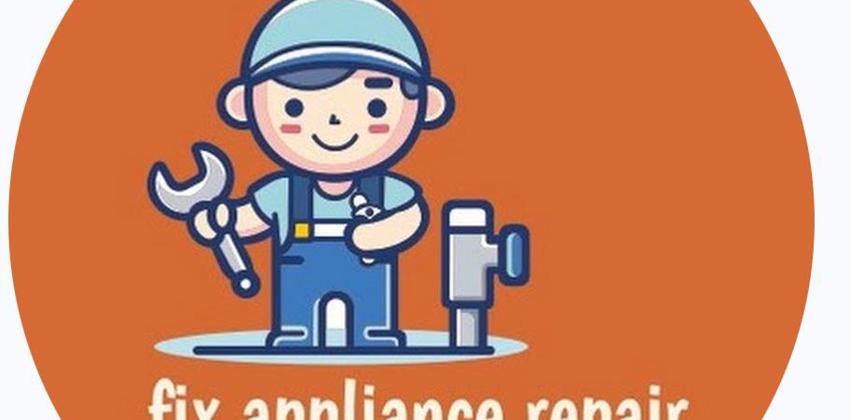
Regular appliance maintenance is vital for extending the lifespan of your devices and preventing costly repairs. You can keep your appliances running smoothly and efficiently by following a few simple steps. Here are key tips to maintain your household appliances.
1. Clean Your Appliances Regularly
Routine cleaning helps maintain appliance performance and prevents the buildup of dirt and grime that can cause inefficiency.
Refrigerator
Clean the condenser coils every six months to prevent dust and debris from making the fridge work harder to stay cool. Regularly clean the shelves, drawers, and interior to prevent odors and mold.
Dishwasher
Clean the dishwasher’s filter and spray arms monthly to ensure proper water flow and thorough cleaning. Also, wipe down the door seals and edges to prevent mold and mildew buildup.
Oven
Regularly clean the oven vents, racks, and interior to prevent grease buildup, which can reduce efficiency and lead to unpleasant odors. Use a non-toxic cleaner or the self-cleaning feature if available.
2. Check for Leaks and Water Damage
Leaks are a common issue in appliances that use water, and they can lead to significant damage if not addressed promptly.
Washing Machine
Inspect the hoses for cracks, bulges, or leaks and replace them if needed. Make sure the drain hose is properly positioned to avoid any water spills.
Dishwasher
Examine the door seals for cracks or gaps, as these can cause water leakage during use. Also, check the hoses to ensure they are tightly secured and not showing signs of wear.
Refrigerator
While refrigerators typically don't leak, ice makers or water dispensers can sometimes develop leaks. Regularly inspect the water lines connected to these components, and check the seals on refrigerator doors to avoid moisture buildup.
3. Calibrate Appliance Settings
Over time, appliances can lose calibration, causing them to run less efficiently. Regular calibration ensures your devices function at their best.
Refrigerator Thermostat
Check the refrigerator’s internal temperature using a thermometer. The recommended temperature is 37°F for the fridge and 0°F for the freezer. Adjust the thermostat as needed to improve efficiency.
Oven Temperature
Ovens can lose their calibration over time, affecting cooking results. Use an oven thermometer to check that the oven’s internal temperature matches the setting. If necessary, recalibrate or replace the thermostat.
Dishwasher Cycles
Dishwashers may require resetting or calibration over time to ensure the cycle settings match the load size and cleaning needs. Reset to factory settings if performance starts to diminish.

4. Inspect Electrical Components and Cords
Electrical issues can lead to appliance failure and pose safety risks. Regular inspections of electrical components are essential for safe operation.
Cords and Wires
Inspect appliance cords for fraying, cuts, or exposed wires. Replace any damaged cords immediately to prevent electrical hazards, as these can lead to fires or shorts.
Loose Connections
Check that electrical connections and plugs are securely in place. Loose connections can cause overheating, increased energy consumption, and potential appliance failure.
Fuses and Circuit Breakers
Inspect fuses in appliances regularly. If you notice frequent tripping of circuit breakers when using an appliance, it could indicate an underlying electrical problem that needs professional attention.
5. Ensure Proper Ventilation
Proper ventilation is crucial for appliances that generate heat or humidity. Without adequate ventilation, appliances can overheat and operate inefficiently.
Dryer Vents
Clean the lint trap before every load and check the vent hose for clogs regularly. Have your dryer vent professionally cleaned at least once a year to reduce the risk of fire and improve airflow.
Air Conditioners
Clean or replace the air conditioning filter every few months to maintain proper airflow. Have the evaporator and condenser coils cleaned annually to prevent overheating and ensure efficient cooling.
Conclusion
Regular appliance maintenance is the key to ensuring your household devices function optimally and last longer. By cleaning, checking for leaks, calibrating settings, inspecting electrical components, and ensuring proper ventilation, you can prevent costly repairs and improve the efficiency of your appliances. Start today to keep your appliances in top shape for years to come.